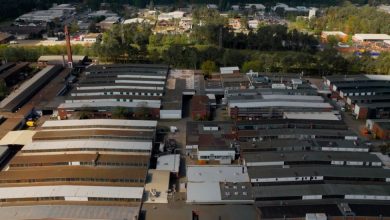Job openings declined slightly in April from a high point.

The labor market may be cooling off, but not by much, according to new data on job openings and turnover.
Employers had 11.4 million vacancies in April, according to the Labor Department, down from a revised total of nearly 11.9 million the previous month, which was a record.
The April vacancies represented 7 percent of the entire employment base, and left close to two available jobs for every person looking for work, reflecting continued high demand for labor even as the Federal Reserve begins to tamp it down.
The number of people who left their jobs remained steady at six million, also close to the highest number ever recorded, as did the number of people hired, at 6.6 million. The data, gathered on the last business day of April, was reported Wednesday in the Labor Department’s monthly Job Openings and Labor Turnover Survey, or JOLTS report.
Employment gaps remain largest in the services sector, where consumers have shifted more of their spending as pandemic restrictions have eased, but they are shrinking. The leisure and hospitality industry had a vacancy rate of 8.9 percent, for example, down from 9.7 percent in March.
Wages have escalated rapidly in recent months as employers scramble to fill positions, peaking at 6 percent in March over the month a year earlier, according to a tracker published by the Federal Reserve Bank of Atlanta. Although not quite fast enough to keep up with inflation, growth has been stronger for hourly workers and those switching jobs.
Employers have struggled to bring workers back from the pandemic, which initially sent labor force participation down to levels not seen since the 1970s, before a wave of women entered the workplace. The economy remains more than a million jobs under its peak employment level in February 2020.
Over the weekend, Christopher J. Waller, a Federal Reserve governor, gave a speech explaining how he hoped interest rate increases would slow inflation: by shrinking the number of vacancies without putting too many people out of work.
“The unemployment rate will increase, but only somewhat because labor demand is still strong — just not as strong,” Mr. Waller said. “And because when the labor market is very tight, as it is now, vacancies generate relatively few hires.”



